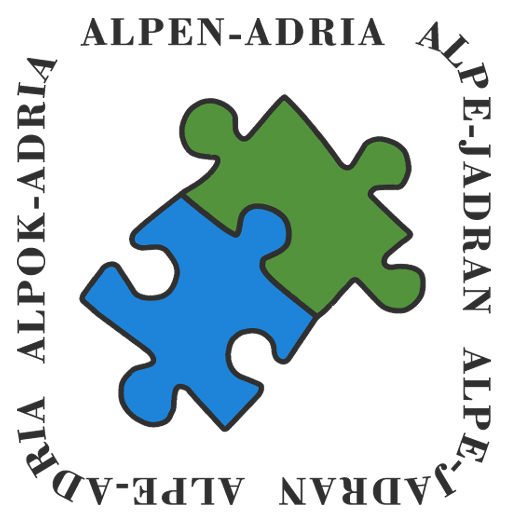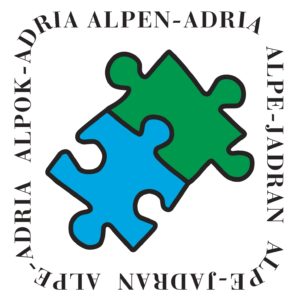2022
After a four-year-presidency, Varaždin County hands over the presidency to Styria on 9th March 2022. By this date, the Steering Committee has approved 260 new projects.

2020
The COVID 19-pandemic does not stop but rather deepens mutual trust within the “Alps-Adriatic-Alliance”: The webinar series “CERLI – a Crisis and its Effects – let´s Reflect, Learn and Improve” sheds a light on future solutions for similar scenarios in the fields of education, arts and culture as well as public healthcare and civil protection.
2019
The “Strategy of the Alps-Adriatic geographic area 2019-2027 (SAA-2027) – Diversity for a Better Tomorrow“, which sets new cornerstones for the project-oriented cooperation of the network, is approved by the Alps-Adriatic-Council.
2018
2017
Carinthia finishes its two-term presidency in the Alps-Adriatic-Council by handing over the chairmanship to Varaždin County.
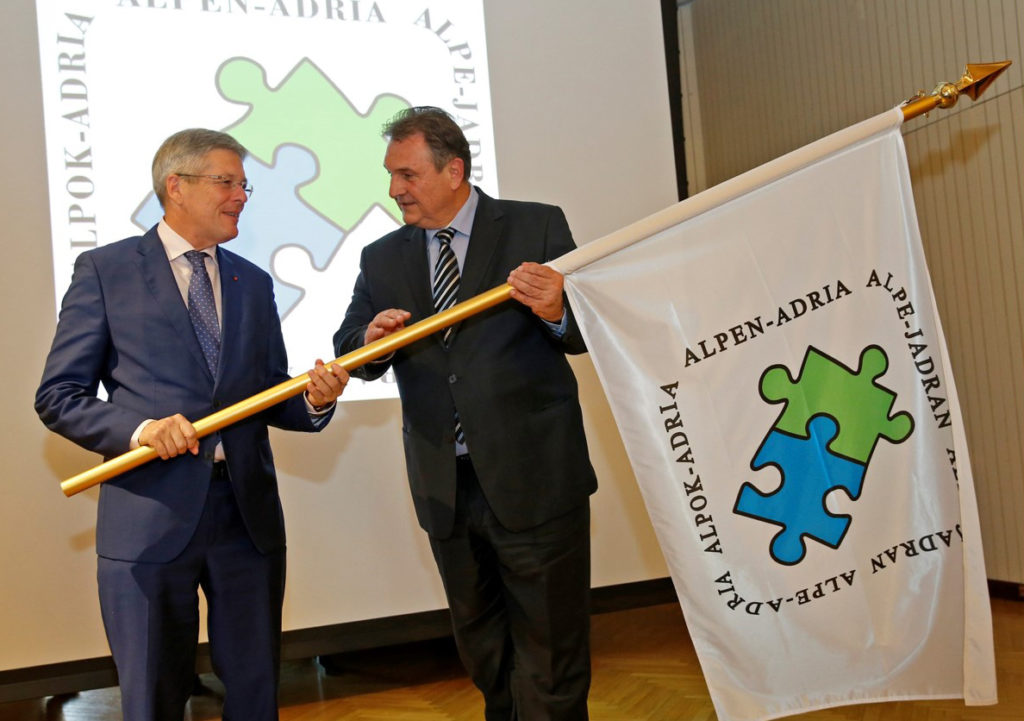
2013
After Croatia joins the EU on 1st July 2013, the “Alps-Adriatic-Alliance” is officially founded by the political representatives at the formative Alps-Adriatic-Council meeting in Klagenfurt am Wörthersee.
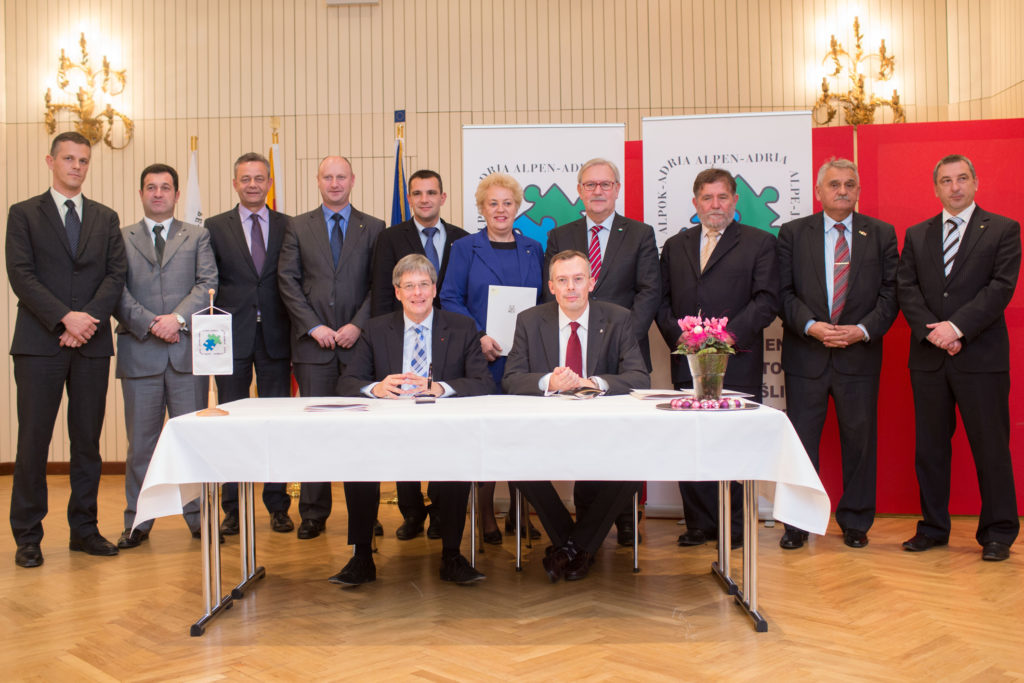
2012
At the plenary assembly in Zagreb, the members express their wish to form a new network structure. By then, the “Alps-Adriatic Working Community” has supported over 900 joint projects and published approximately 200 joint reports. The plenary assembly in Zagreb marks the beginning of the transformation process towards the “Alps-Adriatic-Alliance”.
2009
The “Declaration of Villa Manin” suggests the forming of an “Alps-Adriatic-Pannonian macro-region.
2005
EU-accession of Croatia is defined a focus in the working program of the “Alps-Adriatic Working Community”.
2001
1995
Austria joins the European Union. At the Plenary Assembly in Portorož (SLO) the then Carinthian governor Christoph Zernatto suggests to make use of the “Alps-Adriatic Working Community” as a bridging factor regarding the Eastern European expansion of the EU.
1991
An extraordinary Plenary Assembly condemns the war in former Yugoslavia and demands to acknowledge the independence and sovereignty of the Republics of Croatia and Slovenia.
1988
“Declaration of Millstatt”: At a meeting of the foreign ministers of those nations touched by the territory of the “Alps-Adriatic Working Community”, the final declaration states that the working community is an “European interest” because it emphasizes “the openness of borders, the undisturbed circulation of people and ideas and the cooperation in economic and cultural areas.”
Report on the situation of ethnic minorities in the Alps-Adriatic area (a new and revised edition is published in 2004)
1987
1982
1978
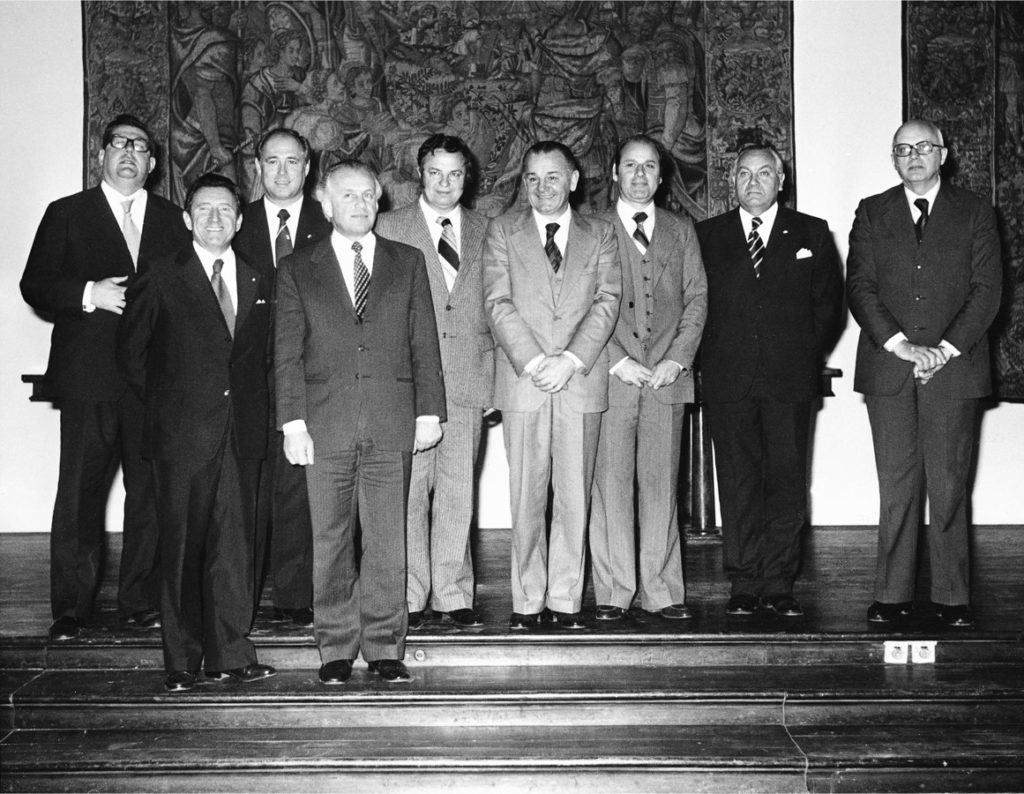
1974
1962
End of 1940ies
First cross-border exchanges in culture and sports by Carinthia, Friuli Venezia Giulia and Slovenia.
